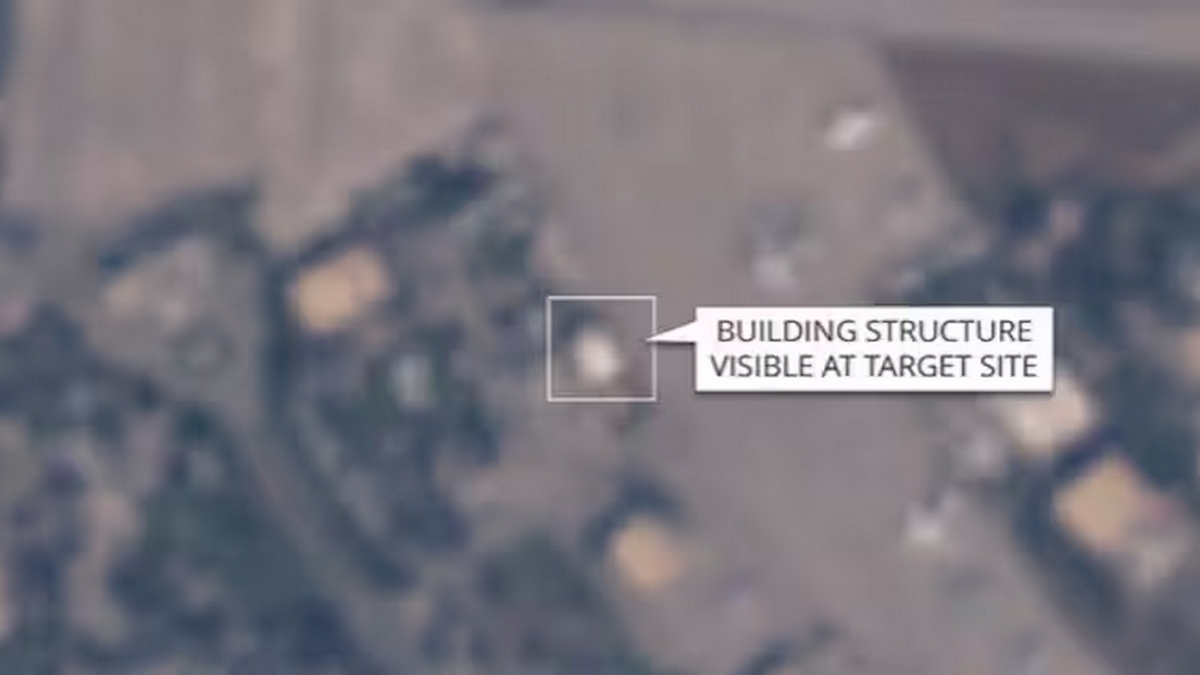It has been several months since India launched Operation Sindoor, targeting terror infrastructure linked to Jaish-e-Mohammed (JeM) and Lashkar-e-Taiba (LeT) in Pakistan and Pakistan-occupied Kashmir. The operation was carried out in response to the April Pahalgam terror attack, which left 26 people dead, most of them tourists.
In the course of the strikes, India damaged several key Pakistani assets, including the Nur Khan Chaklala, Rafiqui and Rahim Yar Khan airbases — a fact later acknowledged by Prime Minister Shehbaz Sharif.
After the strikes, Prime Minister Narendra Modi warned that India would make no distinction between terrorists and those who shelter them, and stressed that the country would no longer succumb to “nuclear blackmail”.
Now, new details have begun to emerge about reconstruction efforts under way at the heavily damaged Nur Khan airbase.
So what happened, and what do we know? Let’s take a closer look.
What happened?
Damien Symon, a geo-intelligence researcher with Intel Lab, recently shared satellite imagery on social media indicating that Pakistan appears to be constructing a new facility at Nur Khan airbase. Symon — an Open Source Intelligence (OSINT) specialist who was among the first to report that India had struck Pakistan’s nuclear weapons depot at Kirana Hills during Operation Sindoor — said the new construction sits precisely where India targeted the base in May 2025.
He also noted that at Jacobabad Airbase, another site hit during the operation, the roof of a damaged hangar has been removed in stages over recent months, likely for internal damage inspections ahead of repairs.
Satellite images captured immediately after the operation showed the scale of destruction at Nur Khan: fuel trucks ablaze, a warehouse roof caved in, debris scattered near the runway, and the entire complex engulfed in flames. Before the strikes, “specialised military trucks” were parked at the base — vehicles Symon had previously flagged and which were later destroyed in the attack.
“ A review of Nur Khan Airbase reveals the entire complex near India’s strike location has now been demolished,” Symon wrote on X, suggesting the damage extended well beyond the two special-purpose trucks initially identified.
Veteran defence journalist Vishnu Som also posted imagery in May showing “two long trailer trucks with awnings”, likely linked to Pakistan’s Command and Control systems. Air Marshal A.K. Bharti later displayed additional photographs illustrating the extent of the destruction.
India has not disclosed what weapons were used in the strike, though speculation points to either BrahMos or SCALP missiles. Imagery from May showed the site had been cleared, and by 3 September fresh images revealed construction work under way, with new walls already in place. Symon observed that the layout of these new structures closely mirrors the footprint of the buildings destroyed during the strike.
“India’s strike in May targeted specialised military trucks and caused secondary damage to nearby structures, which were later demolished,” Symon told India Today. “The layout of the new walls suggests Pakistan intends to restore operational capacity at this site, which is likely integral to airfield operations.”
Why is Nur Khan so important?
Located in Rawalpindi near the old Benazir Bhutto International Airport, Nur Khan is one of Pakistan’s most strategically critical airbases. Formerly known as PAF Chaklala, it hosts the Pakistan Air Force’s Air Mobility Command and the PAF College Chaklala. The Pakistan Army’s General Headquarters and the Strategic Plans Division — which manages the country’s nuclear arsenal — also sit nearby.
In the aftermath of the attack, there were reports that Pakistan was considering shifting its General Headquarters from Rawalpindi to Islamabad.
The base, around 25 kilometres from Rawalpindi, is home to several PAF squadrons. It houses Pakistan’s Saab Erieye early-warning system, C-130 Hercules aircraft, Saab 2000s and IL-78 mid-air refuellers — assets central to Pakistan’s logistics, surveillance and long-range strike capability. As The New York Times has noted, Nur Khan is “home to the air refuelling capability that would keep Pakistani fighters aloft.”
The strategic value of the base is underscored by the events of the night of 9–10 May, when Army Chief Asim Munir called Prime Minister Shehbaz Sharif at 2.30 am to inform him that India had struck Nur Khan with ballistic missiles.
IAF officials have said the airbase was a key node in Pakistan’s recent drone and missile operations. It also serves as the departure point for aircraft ferrying Pakistan’s senior military and political leadership — including Asim Munir, who recently flew from Nur Khan to China after being promoted to Field Marshal.
Experts say the strike on Nur Khan served as a clear signal from India that no strategic target was off-limits, marking a significant escalation in the confrontation between the two nuclear-armed neighbours.
With inputs from agencies
)